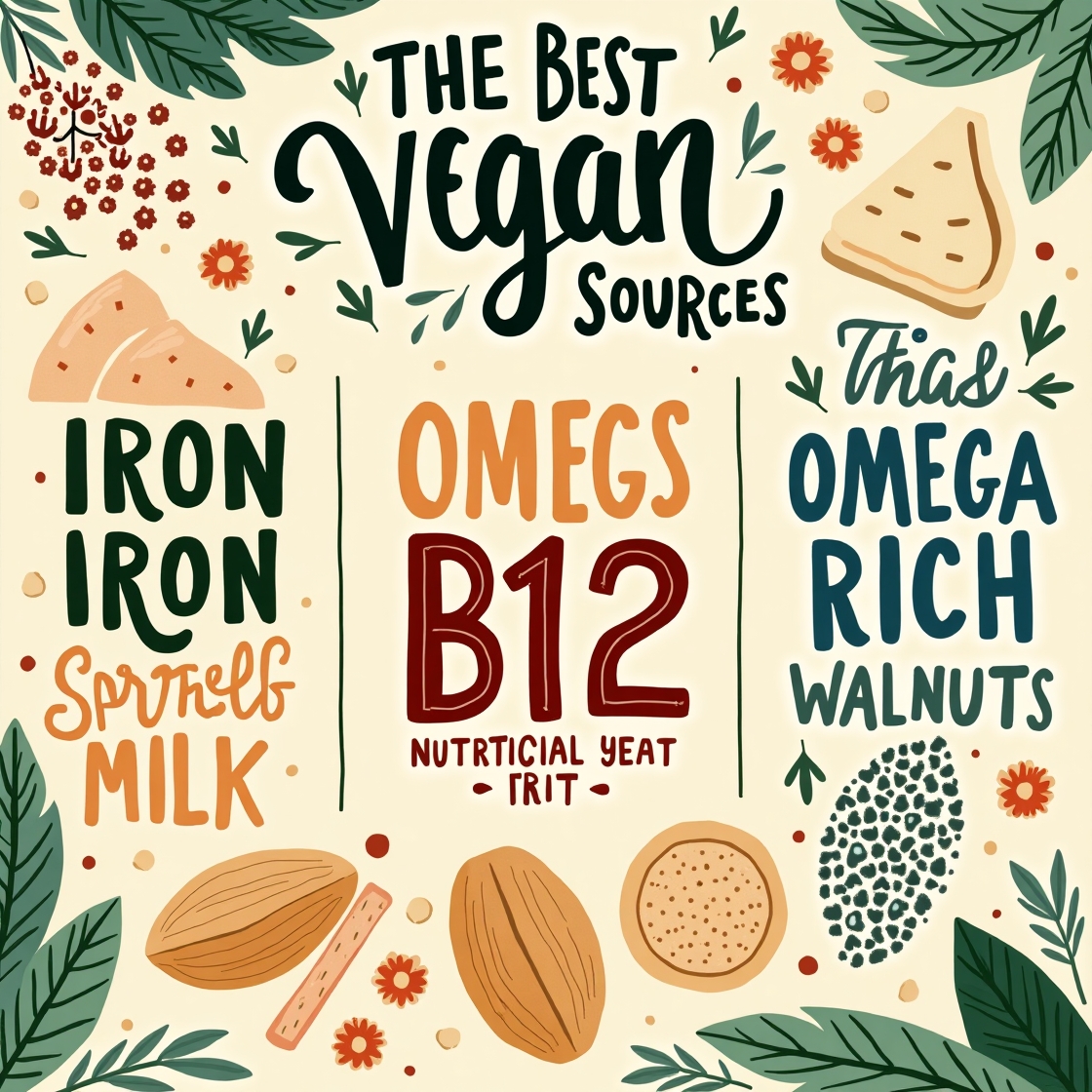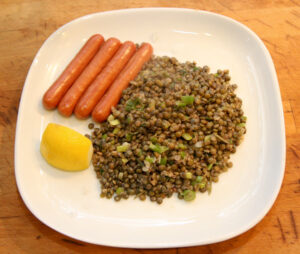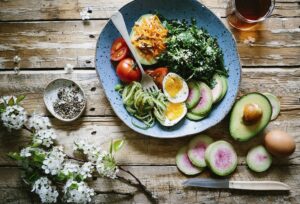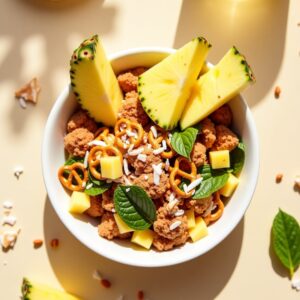Vegan Meal Plan for Beginners: Your Guide to a Plant-Based Lifestyle

Embarking on a vegan journey can feel like stepping into a new world filled with vibrant colors, fresh flavors, and a sense of purpose. Whether you’re motivated by health, environmental concerns, or animal welfare, transitioning to a vegan diet is a rewarding adventure. But let’s be honest: it can also be a bit daunting at first. That’s why I’ve put together this vegan meal plan for beginners, designed to make your transition as smooth and enjoyable as possible.
Why Go Vegan?
Before diving into the meal plan, let’s chat about why you might want to go vegan. For many, it’s about embracing a lifestyle that aligns with their values. A vegan diet can reduce your carbon footprint, conserve water, and promote animal welfare. Plus, it’s packed with health benefits, from improved heart health to better digestion. I found that going vegan not only transformed my health but also opened my eyes to a world of culinary creativity.
Getting Started: The Basics
When I first went vegan, I was overwhelmed by the idea of giving up my favorite foods. But I quickly learned that a vegan diet isn’t about restriction; it’s about exploration. The key is to focus on what you can eat rather than what you can’t. Think of it as an opportunity to discover new ingredients and flavors.
Stocking Your Pantry
A well-stocked pantry is your best friend on this journey. Here are some essentials to keep on hand:
- Grains: Brown rice, quinoa, oats, and whole-grain pasta.
- Legumes: Lentils, chickpeas, black beans, and kidney beans.
- Nuts and Seeds: Almonds, walnuts, chia seeds, and flaxseeds.
- Dairy Alternatives: Almond milk, coconut yogurt, and vegan cheese.
- Fruits and Vegetables: Fresh, frozen, and canned options for variety.
- Spices and Condiments: Soy sauce, nutritional yeast, turmeric, and cumin.
A Week of Vegan Meals
Now, let’s dive into a simple vegan meal plan for beginners. This plan is designed to be flexible, so feel free to swap out ingredients based on your preferences or what’s available.
Day 1: A Fresh Start
- Breakfast: Overnight oats with almond milk, chia seeds, and fresh berries. It’s like waking up to a bowl of sunshine.
- Lunch: Quinoa salad with cherry tomatoes, cucumber, avocado, and a lemon-tahini dressing. Light, refreshing, and oh-so-satisfying.
- Dinner: Lentil soup with carrots, celery, and spinach. Serve with a slice of whole-grain bread for a cozy, comforting meal.
Day 2: Flavorful and Filling
- Breakfast: Smoothie bowl with spinach, banana, almond milk, and a scoop of peanut butter. Top with granola and sliced almonds.
- Lunch: Chickpea wrap with hummus, lettuce, and roasted red peppers. Quick, easy, and perfect for on-the-go.
- Dinner: Stir-fried tofu with broccoli, bell peppers, and cashews. Serve over brown rice for a protein-packed dinner.
Day 3: Midweek Motivation
- Breakfast: Avocado toast on whole-grain bread with a sprinkle of nutritional yeast and red pepper flakes.
- Lunch: Black bean and corn salad with lime dressing. Add some diced mango for a sweet twist.
- Dinner: Spaghetti with marinara sauce and sautéed mushrooms. Top with fresh basil and vegan parmesan.
Day 4: Keep It Simple
- Breakfast: Chia pudding made with coconut milk and topped with sliced kiwi and shredded coconut.
- Lunch: Buddha bowl with brown rice, roasted sweet potatoes, chickpeas, and tahini sauce.
- Dinner: Vegetable curry with cauliflower, peas, and carrots. Serve with basmati rice or naan.
Day 5: Weekend Vibes
- Breakfast: Vegan pancakes with maple syrup and fresh strawberries. A weekend treat that’s worth the wait.
- Lunch: Grilled vegetable sandwich with pesto and arugula. Pair with a side of sweet potato fries.
- Dinner: Vegan chili with kidney beans, tomatoes, and bell peppers. Serve with cornbread for a hearty meal.
Day 6: Explore New Flavors
- Breakfast: Tofu scramble with spinach, tomatoes, and turmeric. Serve with whole-grain toast.
- Lunch: Quinoa and black bean tacos with avocado and salsa. A fiesta in every bite.
- Dinner: Eggplant stir-fry with ginger, garlic, and soy sauce. Serve over jasmine rice.
Day 7: Reflect and Recharge
- Breakfast: Smoothie with kale, pineapple, and coconut water. A refreshing start to the day.
- Lunch: Lentil and vegetable stew with crusty bread. Perfect for a lazy Sunday afternoon.
- Dinner: Vegan pizza with tomato sauce, mushrooms, olives, and vegan cheese. A delicious way to end the week.
If you’re serious about diving deeper, check out our Vegan Lifestyle for Beginners guide.
Personal Insights and Real-World Examples
When I first started my vegan journey, I was amazed at how quickly my taste buds adapted. Foods I once thought were bland became exciting and full of flavor. I remember making a simple chickpea salad for lunch one day and being blown away by how satisfying it was. It was a reminder that plant-based eating doesn’t have to be complicated to be delicious.
Cooking vegan meals has also taught me to appreciate the diversity of flavors and textures that plant-based ingredients offer. It’s like painting with a new palette of colors—each ingredient brings its own unique hue to the dish.
Conclusion
Embarking on a vegan journey is a personal and transformative experience. This vegan meal plan for beginners is just a starting point, designed to inspire and guide you as you explore the world of plant-based eating. Remember, the best meals are those made with love and a dash of adventure. Whether you’re a seasoned vegan or just curious about plant-based eating, I hope this guide helps you discover the delicious and nutritious possibilities that await. Happy cooking!
FAQs on Vegan Meal Plan for Beginners
1. Is it hard to get enough protein on a vegan diet?
Not at all! There are plenty of plant-based protein sources such as lentils, beans, tofu, tempeh, quinoa, and nuts that can help you meet your protein needs.
2. Can I follow this meal plan if I have dietary restrictions?
Yes, this meal plan is flexible and can be adapted to suit various dietary needs. Feel free to swap out ingredients based on your preferences or restrictions.
3. How can I ensure I’m getting all the necessary nutrients?
A well-balanced vegan diet can provide all the essential nutrients your body needs. It’s important to include a variety of foods such as legumes, grains, nuts, seeds, fruits, and vegetables. Some nutrients, like vitamin B12, may require supplementation or fortified foods.
4. Are these meals suitable for meal prep?
Yes, many of these recipes can be made in advance and stored in the refrigerator for a few days. They’re perfect for meal prepping and ensuring you have nutritious meals ready to go.
5. Can I still enjoy my favorite foods on a vegan diet?
Absolutely! Many traditional dishes can be adapted to be vegan-friendly. With a little creativity, you can enjoy plant-based versions of your favorite meals.
Share this content:

A seasoned chef with over 10 years of experience in New York. I passionately share my journey and healthy, flavorful recipes online.













Post Comment